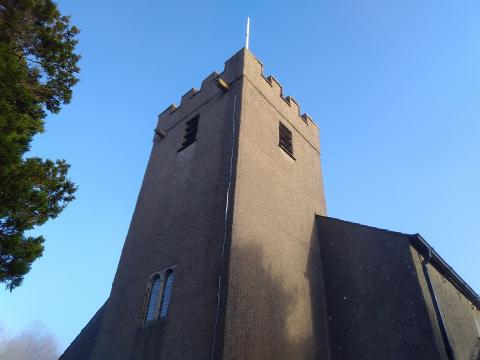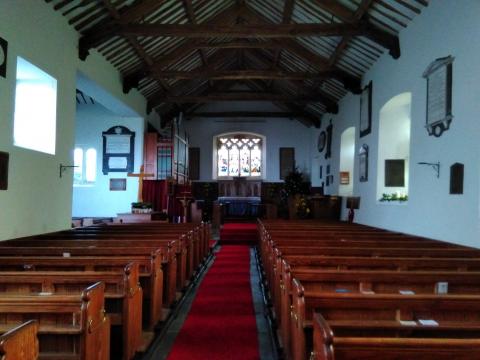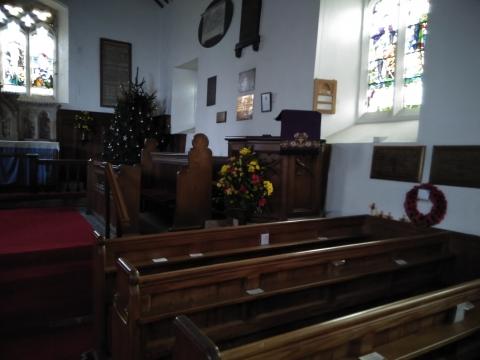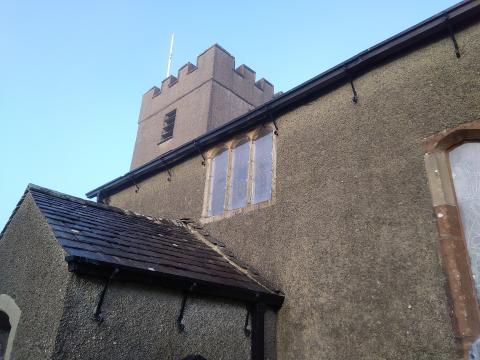Colton Church & the New Chancel

Colton Church in Cumbria is another jewel in the Lakeland crown. On a hill it sits, peacefully overlooking the valleys and hamlets. Two centuries ago, it was anything but peaceful, with several of its parishioners sent to gaol at Lancaster Castle (Colton then being in Lancashire). The old church was being extended, and some locals objected. The sources are somewhat coy regarding the reasons why, inviting the likes of me to speculate. The original building’s shape was an L; peculiar, but far from unusual. The pulpit would have been on the corner, allowing the preacher’s voice to be heard and the auditors’ eyes to meet his. The new plan would have built an extension onto the end, creating a more of a T shape. The additional space would have held choir stalls and an altar, which would have deemed it a chancel, such as most Anglican churches are nowadays wont to have. Certain persons were excommunicated and committed to gaol for interfering with these building works on some nights in 1721. The new chancel was successfully built, and the objectors' remonstrations ignored, their reasons unsatisfactorily recorded for posterity.

So why the protests? It might have been the expense. That part of Lancashire was close to those dual lands of the skinflint, Yorkshire and Scotland. Perhaps some spirit of ultra-frugality had crossed the border, the local tithe-payers resenting the additional burden for something they deemed unnecessary.
Perchance their objections were more theologically grounded. In 1721, plenty of folk would have remembered the exclusion crisis and the anti-papist feelings stoked by Tory and Whig alike. Some may have even remembered the spirit of the civil wars, which sought to defend the national church from the pernicious influence of Rome. Building a special area of the church to house no more than an altar and choir stalls might have smacked of Romanism to the parish’s more Protestant folk. Having been defeated at planning stage, their nefarious disruption of the building works was a step too far for the local Justices.
Why they did it, who they were and how they went about it is beyond the reach of my current research. Yet it is an interesting illustration of how our ecclesiastical architecture and furnishing reflect our theology. In our own day, churches are known to shift aside their pulpits to make more space for ‘worship groups’, indicating the love we have of live performance and popular music. Other churches have dispensed with pulpits for flimsy music stands, so light is the preachers’ Bible and so few his notes. Others have a couple of comfortable armchairs on ‘stages’, so preachers appear more like presenters on a TV set, offering soothing musings to all tune in. Indeed, some fellowships were even loathe to re-open after the lockdowns of 2021; they remained glued to laptop and tablet screens, peering at each other in little boxes, denying live fellowship.
The erection of Colton's chancel was, in my estimation, a mistake. Which of the changes we enact shall future generations assess to be superfluous, silly or symptomatic of poor theology?


- Log in to post comments


 Sunday Worship 10.45am & 6.00pm
Sunday Worship 10.45am & 6.00pm